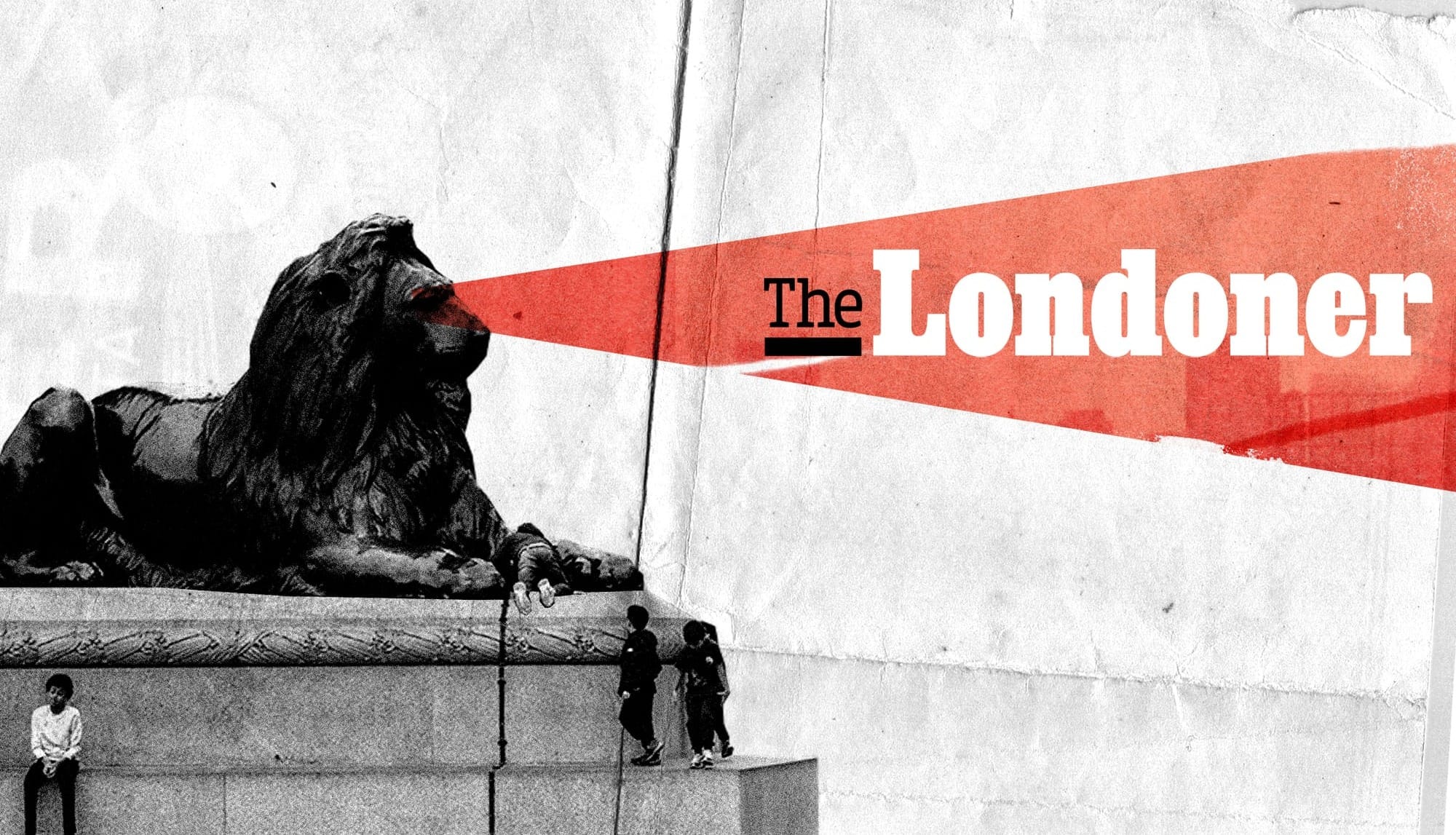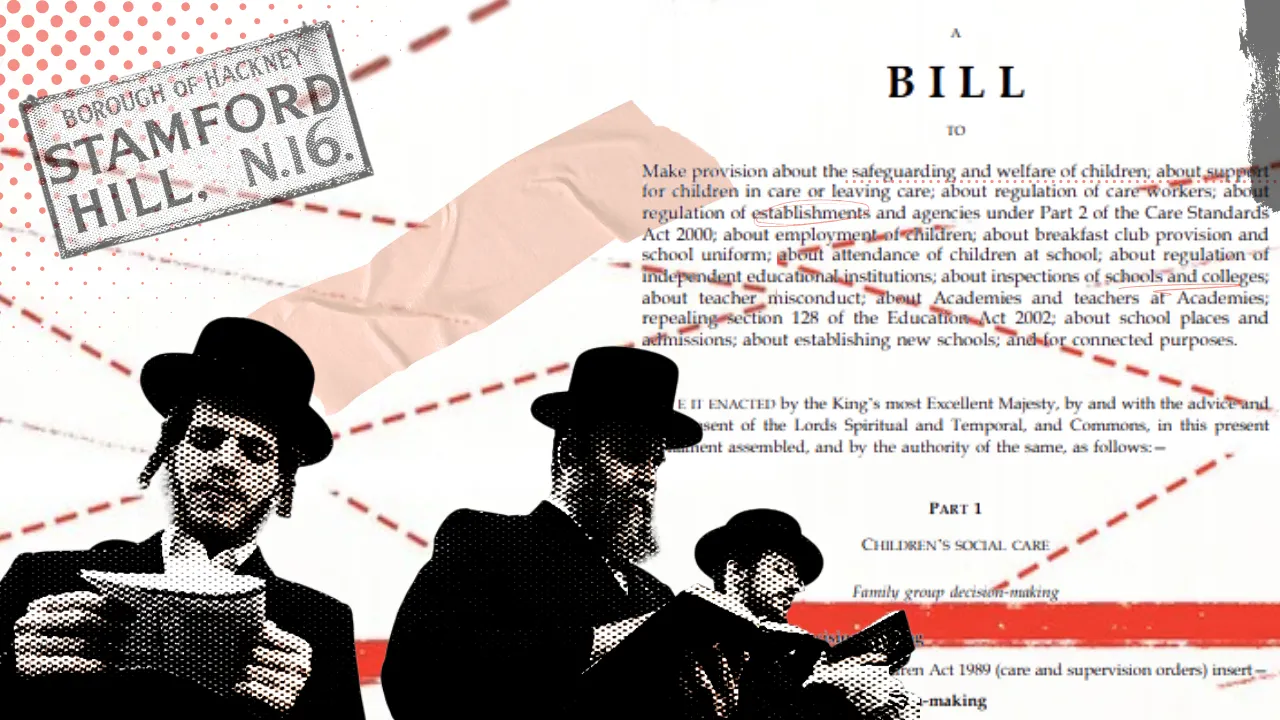The Mayflower pub, on the Thames at Rotherhithe, might have the most evocative smoking area in London: the river visible through the slats of the deck, swilling the wooden struts around its mouth, masticating the mudbank. The sky, when I visited, was grey, near-dark at 2pm, and a fine spray of rain was shrouding the City in fog, lights dimly aglow. If I leaned over the side of the jetty, squinted, and blocked out the Shard with my thumb, it looked just like old London, the kind you see in Pathé film reels and black and white photographs. Inside, the pub is all guttering candles and soot-dark panelling, baleful oil paintings and spiteful-eyed taxidermy; a brine-washed, rum-rimed fantasy of Tudor London that has existed here, according to its website, since 1550.
Search online for any variation of ‘oldest pub in London’ and the Mayflower will be present on pretty much every list alongside such stalwarts as Ye Olde Mitre, the Prospect of Whitby and the George. The pub, so the story goes, is where the Pilgrim Fathers set sail for America, down an unrecognisable Thames thick with passenger ferries and merchant ships and sumptuous livery barges. The London that the famous ship travelled through would be alien to us, too, a half-timbered city full of fields and orchards, only just beginning to shrug off the embrace of its ancient walls. And surveying it all, the Mayflower, a constant throughout the centuries, a ligature between us and the people of the past: “Warm yourself by the open fire and imagine who may have been sitting in your seat 400 years ago!” the pub’s website tells us.
When I visited that Thursday afternoon, the tables were already mostly taken; the Mayflower’s olde-worlde charm and riverside location make it one of London’s most popular pubs, regardless of the season. I’ve been drinking here semi-regularly since I first moved to London in 2017, endeared by its Thameside location, its nautical winsomeness, and its excellent veggie sausage and mash. The pub has always been popular with tourists, but in recent years I’ve noticed it growing even busier, perhaps the result of its fame on TikTok and Instagram — a video from the 408,000-follower @VisitLondon account earlier this year titled ‘This is one of London’s oldest pubs with a history dating back centuries’ [sic] has around 760,000 views. The bar staff tell me they’ve had “a lot of people, a lot of tourists”; when I ask about the pub’s history, they point me to a free pamphlet next to the door.

My trip to Rotherhithe was part of a quest to find the actual oldest pub in London; a vital piece of public-service journalism, I thought, that would separate the authentic from the bogus, the mahogany from the chipboard, and settle the debate once and for all.
The idea of the ‘oldest pub in London’ is a compelling one — so compelling, in fact, that a sizeable number of pubs at least gesture towards having a claim to the title. Spurred by ever-rising running costs and swollen property prices, pubs in London are locked in a continual fight for survival; in 2023, the capital saw the most closures over six months of anywhere in England. And historic credentials are lucrative business — in 2022, heritage tourism accounted for nearly 0.8 percent of UK GVA, with the largest contribution made by London. A huge part of this is down to visits from international tourists, for whom London’s draw is innately linked to its storied past. When I spoke to Jane Jephcote, chair of CAMRA's London Pubs Group, she told me that interest in the history of pubs had soared in recent years: “Back when I joined, in 1991, it was all about the beer… But it’s been this burgeoning area.” The group regularly hosts tours of historic pubs, which attract large numbers of new members — there’s something about the “almost fantasy-world of olde worlde” that appeals, Jephcote said.
The Mayflower seemed an ideal place to start on my journey towards the truth. I knew, from the interior, that it was very old, and it had a wealth of historical bona fides; its claim to the title seemed incontrovertibly strong. Inside, a small black roundel calls the Mayflower a ‘restored 16th century public house.’ But a different sign outside, sitting snug between the mullioned windows, says it was built in the 17th century. Slightly confusing, but what’s a hundred years here and there, when you’re nigh-on half a millennium old? More confusing still is the Southwark Borough blue plaque, perched high on the pub’s exterior wall, that states it was “formerly the Spread Eagle c.1790 to 1957,” and was “renamed to commemorate Rotherhithe’s role in the voyage of the Mayflower”. I was baffled; this would place the pub firmly in the Georgian era — and near enough the Regency era — a far cry from the Elizabethan inn I had, for so long, believed it to be. And although this isn’t modern, exactly, it’s also far from unique among London’s pubs. Crucially, it also meant that the Mayflower was in no way London’s oldest pub. But the interior!, I thought. The oil paintings and the Jacobean fireplaces and the timbers that creak and groan like a ship tossed upon the swell!
It’s hard to actually find verified information about the pub — most of the first page of Google repeats the same 16th-century factoids — but its CAMRA entry and a bootlegged edition of Pevsner’s finally revealed the truth to me. Far from an Elizabethan den of iniquity, the oldest iteration of the pub dates back to the 1780s (a search of the London Metropolitan Archives gives its first insurance date as 1781, although some claim of a different pub nearby dating to much earlier). This was later rebuilt after burning down in the 19th century, and then almost obliterated during the Blitz — only a shell of the ground floor remained. The supposedly 16th-century interior? It’s actually from 1958, an inspired tourist-trap ploy to capitalise on the sailing of the Mayflower II, a reenactment of the initial voyage with a facsimile ship.
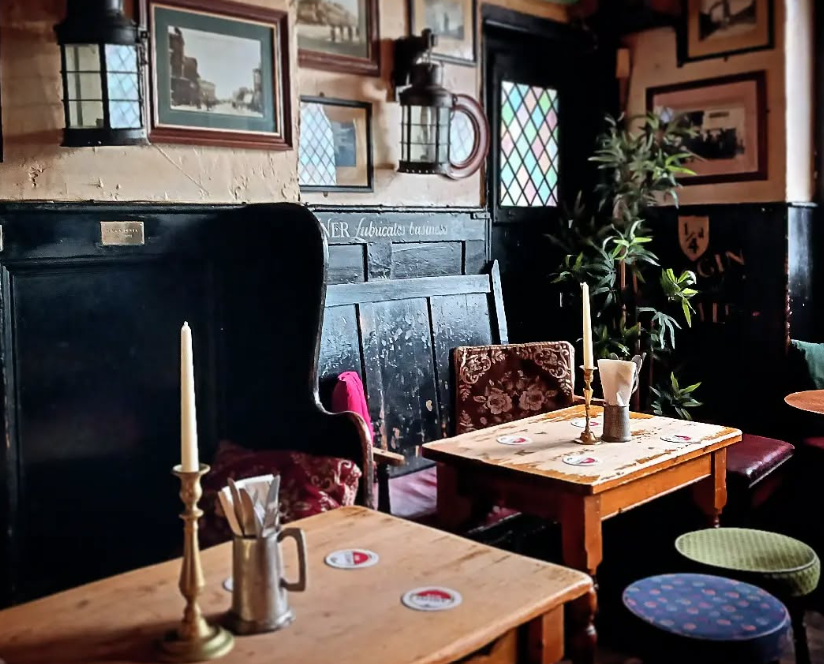
I was more shocked about a pub, I admit, than anybody had the right to be. While there, I realised that the oil paintings, too, were framed reproductions, and that there was no evidence for the claim of a sign on the rear decking that said the jetty overlooked “the Mayflower’s original mooring” (in fact, nobody’s really sure where in Rotherhithe the ship left from). In other words, the Mayflower had no claim to be London’s oldest pub. The present building probably isn’t even the oldest pub in the area — the Angel, nearby, was built in the 1830s.
Was this the case for the other pubs vying to be ‘London’s oldest’? Was any pub in London actually old? When conducting more research — both historical and victual — the answer seemed to be both yes and no. The Prospect of Whitby, for example, states on its website that it is “London’s oldest riverside pub, dating back to 1520”, an almost identical claim to the Mayflower’s. According to Londonist, it has “a pedigree stretching back to 1520” and was “already getting on a bit when Shakespeare first came to town”. To the rear of the pub, there’s a suspiciously new-looking gibbet, straight-backed as an admiral, its crossbeam an arm stretched out accusatorily towards the river, supposedly on the spot where pirates were hanged on the banks of the Thames. They’ve even added a fresh noose, to truly belabour the point. But search a little deeper, and you’ll find that although the Prospect of Whitby sits on a Tudor site, the pub today originates, too, from the late 18th or 19th centuries. The original building burned down in a fire, from what I could find — but the stone flags of its floor, worn glossy with age, are said to be authentically old (though who really knows?). The gallows, though, is pure dramatic flourish — the real site of the executions was some ten minutes away, close to the Captain Kidd (don’t worry, this also has its own replica noose).
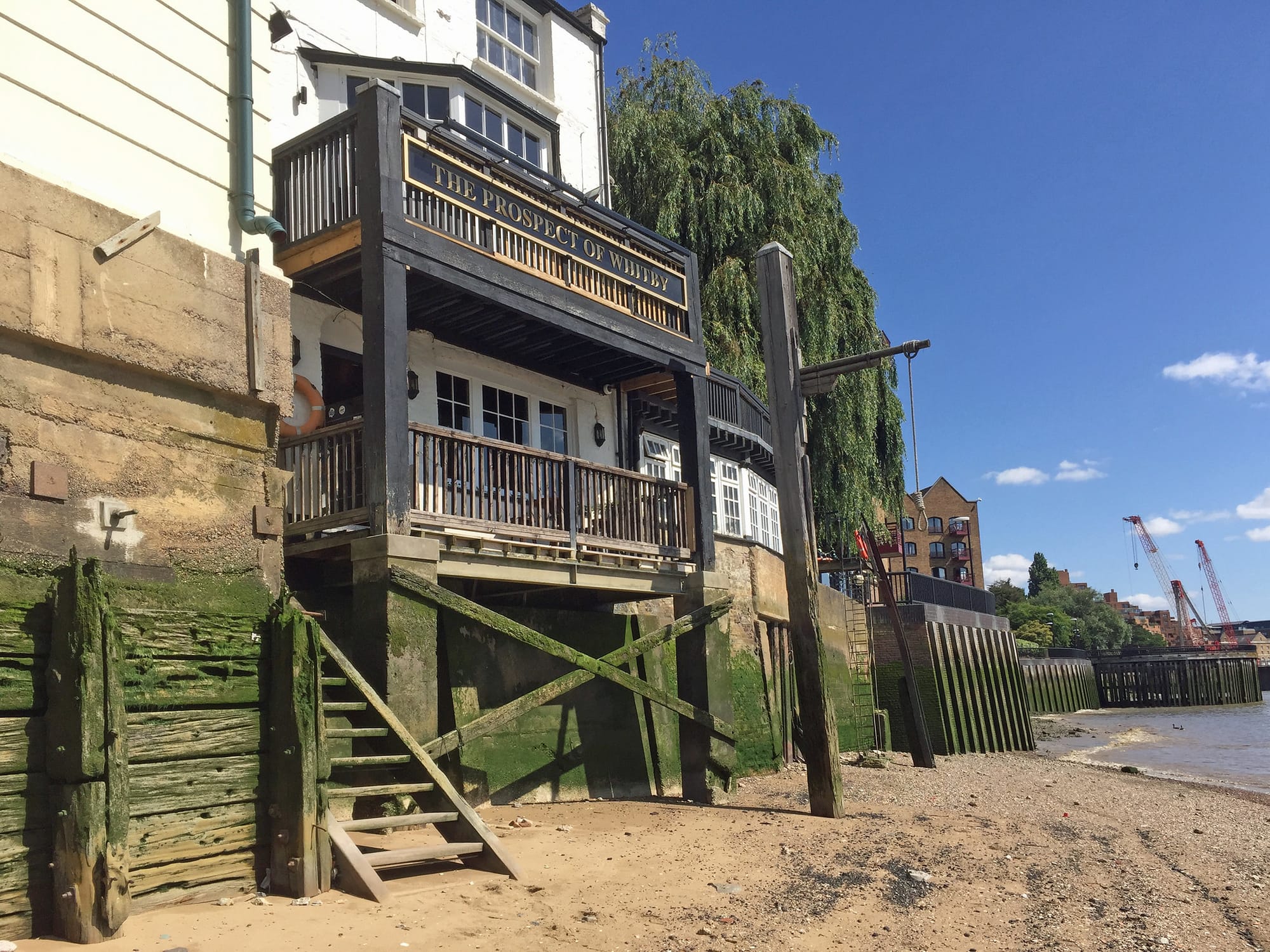
Despite the claims of tourist websites and TikTok videos, I found that it’s the same story for most of the pubs I’d taken to be the oldest: Ye Olde Mitre (although there has been a pub on its current site since 1546, the current structure is from the 18th century) as well as the Grapes (late-18th or early-19th century building) and the Guinea Grill (built in the 1720s). And while there are a handful of pubs that really were constructed in the 16th and 17th centuries — such as the Seven Stars, the Spaniards Inn and Ye Olde Cheshire Cheese — most of these have been tweaked and tucked and tempered throughout the years.
My search for the oldest pub, then, started to seem futile. Even the truly old examples were, in essence, palimpsests of London pub-going tastes throughout the centuries, more canvases for reinvention and reinterpretation than static artefacts. After all, for something to survive through the centuries, it has to be flexible, adaptable, to be capable of enduring even after being demolished and rebuilt. I began to see the story of London’s oldest pubs as a microcosm of the story of London itself; a continual cycle of destruction and renewal, of fire and bomb damage and the desire to start all over again, a semi-real mythology moulded from the ashes. The reason there aren’t many historic pubs in central London is because there aren’t really many historic buildings at all — the mediaeval city burned down during the Great Fire, and the buildings that came after had to survive being devoured by everything from the railways to property speculation to slum clearance. This is why so many blue plaques, installed on plate glass or Edwardian brick, tell us that a historical figure lived ‘in a house on this site’.
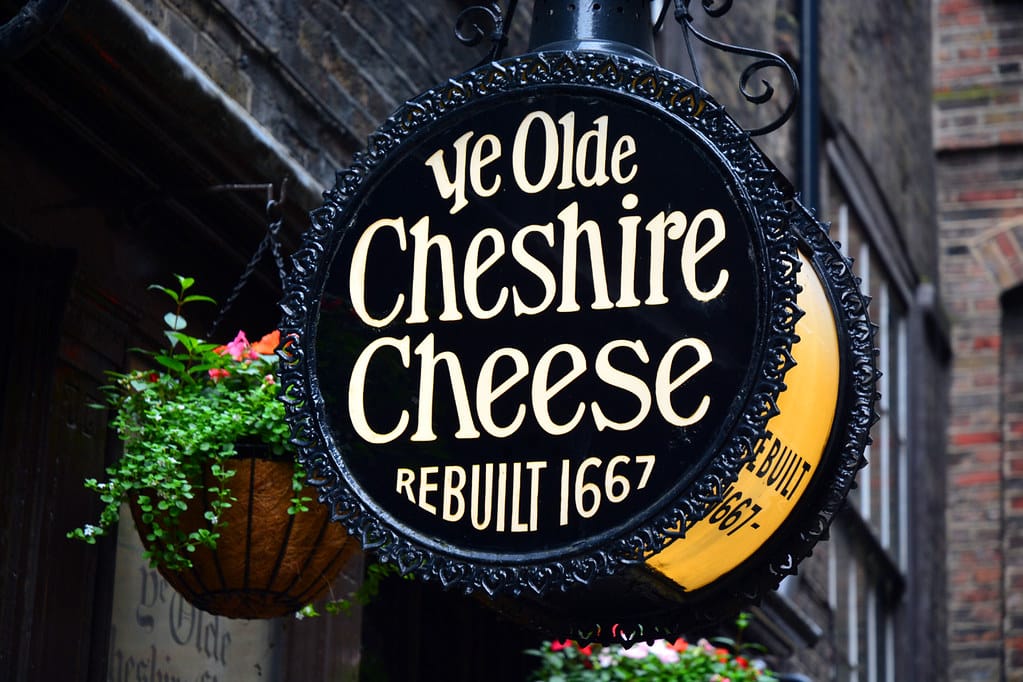
I also began to think about what, exactly, we want from the history of our pubs. If people have gathered to drink and chat and make merry at one site, for hundreds of years, is that not more important than the brick-and-mortar tedium of when, precisely, the present doors were flung open? And can’t that connect us to our history in a way that’s potentially more arresting, more genuine? In the days that followed my visit, I started to think of the Mayflower even more fondly, appreciating how it straight-facedly performs a version of its history, of London’s history; the way in which it has realised its own myth. This is what we want from our riverside pubs: to sit by the roaring fire and hear the tide and feel, almost, the calloused hand of the smuggler on our shoulder. The oldest pub in London might not exist, though perhaps the city’s all the better for it.
If you enjoyed today's edition, please forward it to friends and encourage them to join our mailing list.

Comments
How to comment:
If you are already a member,
click here to sign in
and leave a comment.
If you aren't a member,
sign up here
to be able to leave a comment.
To add your photo, click here to create a profile on Gravatar.


